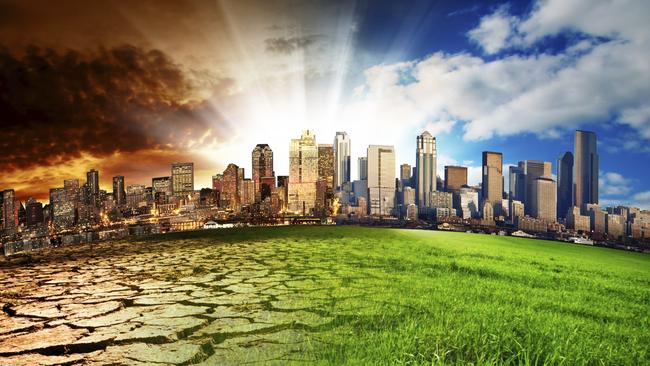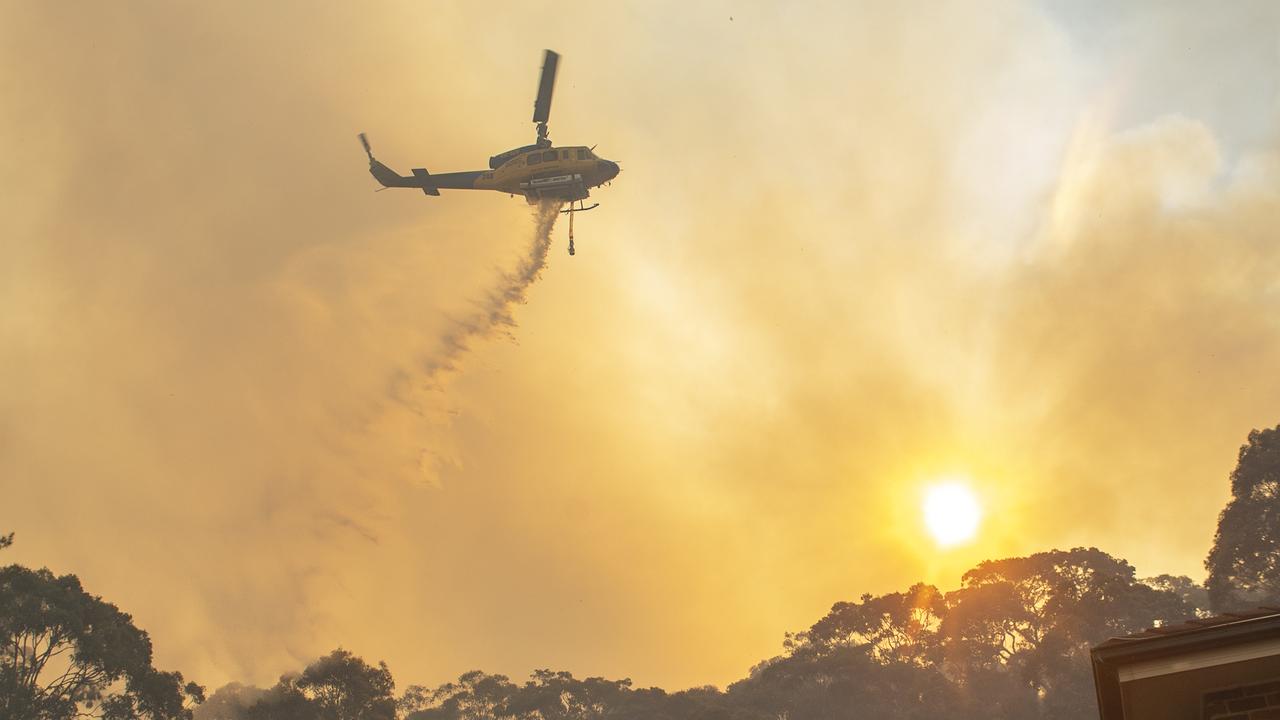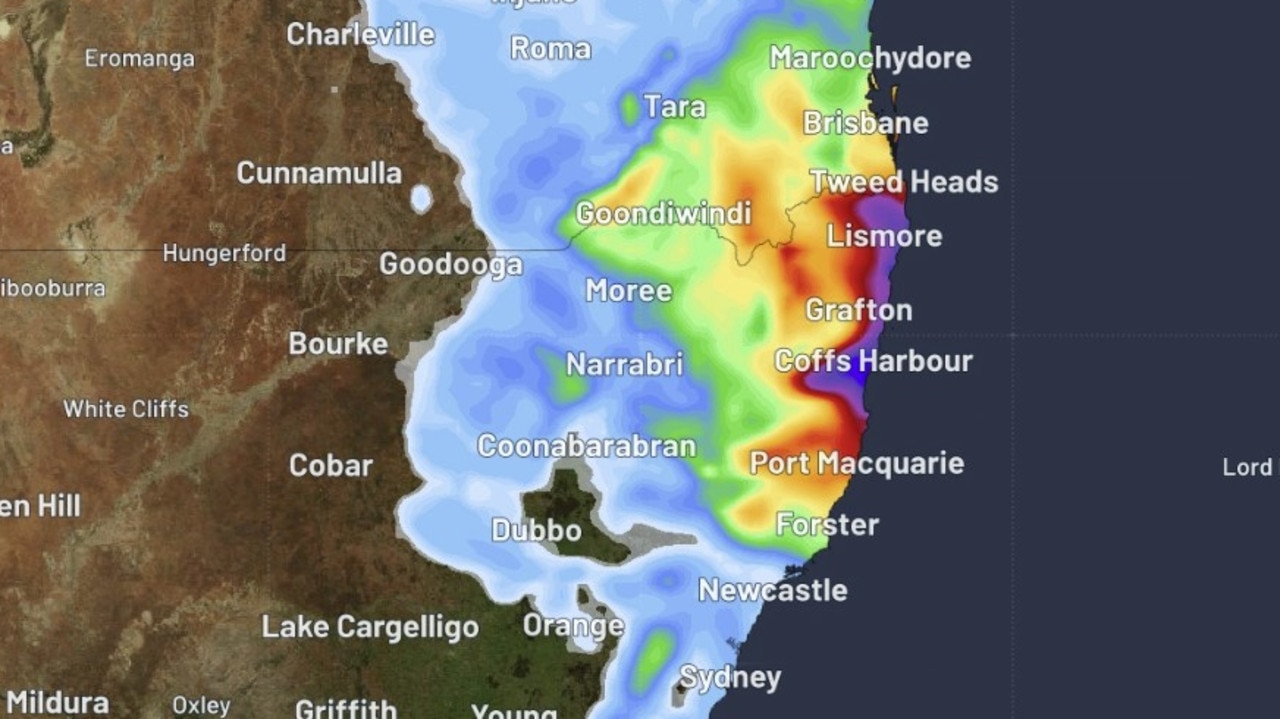Earth at risk after human activity crossed four of nine planetary boundaries
SCIENTISTS fear the Earth could cease to be a “safe operating space” for humans to live by as early as 2050.

Climate Change
Don't miss out on the headlines from Climate Change. Followed categories will be added to My News.
SCIENTISTS fear the Earth could cease to be a “safe operating space” for humans to live by as early as 2050.
The issue was recently explored in a new paper by 18 international researchers trying to gauge the dangers to the natural world as a direct result of human-induced changes to the environment.
Published in the journal Science, the research focused on the concept of nine separate planetary boundaries that set theoretical limits on changes to the environment.
The article concluded four of the nine boundaries — climate change, biosphere integrity, land-system change and altered biogeochemical cycles — have now been crossed.
Lead author and Executive Director of the Australian National University Climate Change Institute Will Steffen said climate change and biosphere integrity were the two most pressing issues.
“There is no doubt in my mind that humans are pushing Earth out of 12000 years of stability,” he said.
“Transgressing these boundaries increases the risk that the earth system could shift into another state that is very damaging to humanity.”
Mr Steffen said the rapid development in human enterprise since the 1950s has accelerated the transgression of the boundaries.
“The Earth is complex system and although it’s impossible to entirely predict what the future will hold, it is clear our current way of living has done irreversible damage,” he said.
“Humans are living in the hottest temperatures they have ever lived and I can guarantee this will only get worse.”

Mr Steffen said while we have to accept economic growth and human consumption are institutionalised in contemporary society, humans must set boundaries for certain parameters to help maintain stability.
“We have the tools and technologies to redirect social structures so we can reduce the risks. It’s just a matter of benching the political and social constraints that stop these changes from taking place,” he said.
“By changing the technology we use, reducing emissions and using renewable energies we will be able to minimise the risks.”
The team will present its findings in seven seminars at the World Economic Forum in Davos during 21-24 January.

Originally published as Earth at risk after human activity crossed four of nine planetary boundaries


